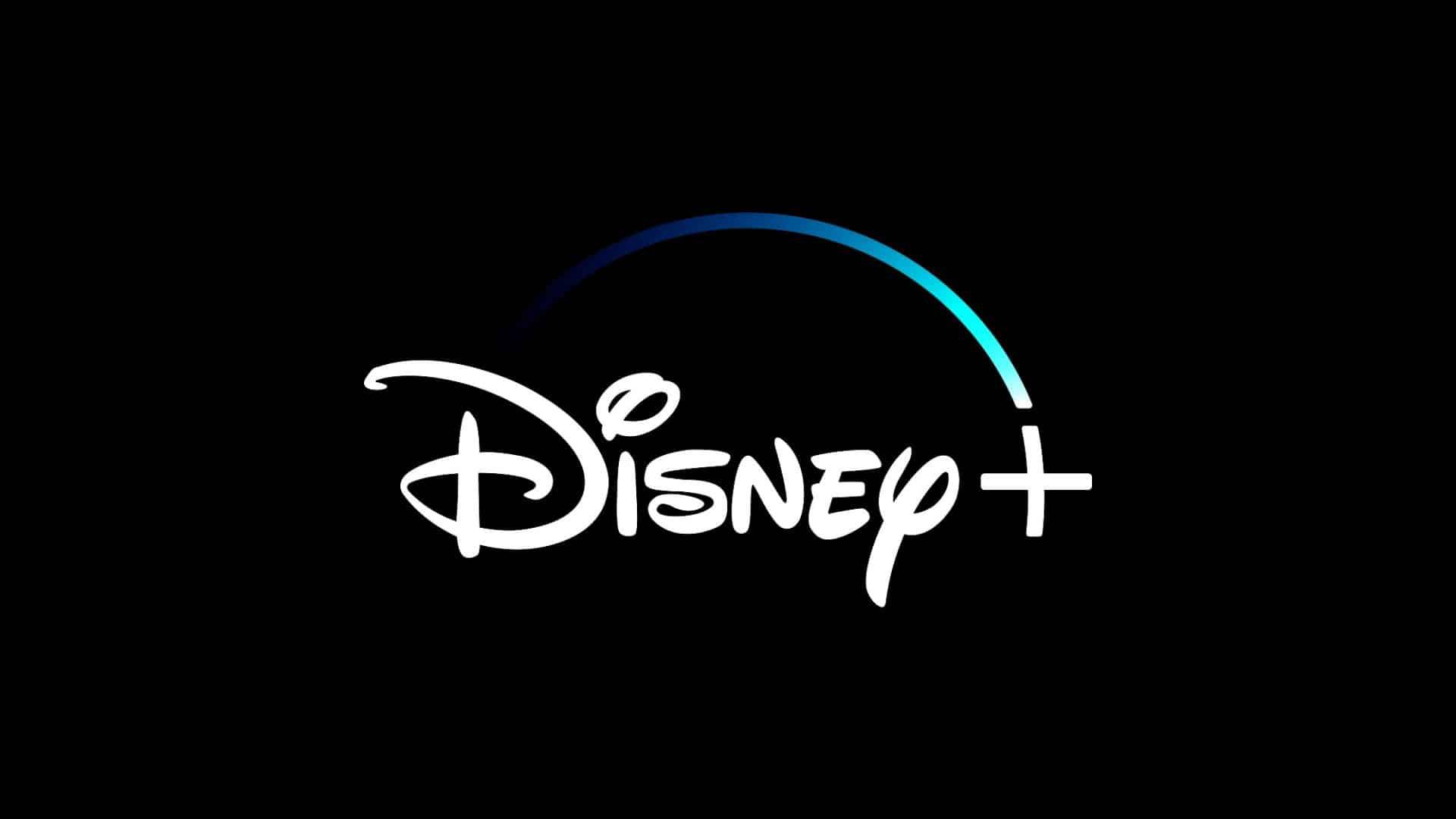The Streaming Shake-Up: Why Entertainment Keeps Getting More Expensive
It feels like a familiar story by now—something you thought was stable suddenly costs a little more. Over the past decade, the rise of streaming was pitched as the great escape from the spiraling costs of cable television. We were promised more choice, more convenience, and a lower monthly bill. But in 2025, that dream looks increasingly like a memory. Another round of price hikes is on the way, and one of the industry’s biggest players is once again at the center of the storm.
What’s happening now isn’t just about one company changing its price tags. It’s part of a larger story about how entertainment is made, how it’s paid for, and how much power audiences really have in shaping the industry. The latest announcement from Disney highlights all of these tensions at once—rising subscription fees, political controversies, public backlash, and a business model that seems to be shifting faster than many viewers can keep up with.
The Latest Announcement
Deadline recently confirmed that Disney’s flagship streaming platforms—Disney+, Hulu, and ESPN+—are preparing to raise their subscription costs once again. The changes will take effect in October, with Disney+ jumping from $9.99 to $11.99 per month. Bundled packages that combine Disney+ with Hulu and ESPN+ will also see increases, whether ad-supported or ad-free.
This marks the fourth price adjustment from Disney in just four years. For many subscribers, the frequency of these hikes has become more frustrating than the numbers themselves. While an additional $2 a month may not break the bank, the cumulative effect has been striking. A household that once paid under $10 for ad-free access now faces a bill approaching the cost of old cable packages if they also subscribe to Netflix, Amazon Prime Video, Max, Peacock, and others.
Disney maintains that the decision was made before any recent controversies, but timing matters in the court of public opinion. The hike was announced in the wake of a separate storm involving late-night host Jimmy Kimmel and his network platform, ABC.
The Kimmel Controversy
Kimmel found himself at the center of an unexpected firestorm after making jokes about conservative activist Charlie Kirk in the context of his reported assassination attempt. The remarks were widely criticized, and Disney/ABC temporarily halted the airing of Jimmy Kimmel Live! as a result. Though the show has since been reinstated, not all viewers are seeing it. Local affiliate stations owned by Sinclair Broadcast Group and Nexstar are still choosing to preempt the program.
For Disney, the optics could not be worse: rolling out price increases just as headlines highlight a political controversy tied to one of its most visible stars. Social media amplified the anger, with thousands of users posting about canceling their subscriptions. Celebrities joined the chorus, and hashtags calling for boycotts trended for several days.
The actual number of cancellations remains unclear. Often, online outrage doesn’t translate directly into financial disaster. But for a company already battling skepticism about its streaming model, even the perception of mass cancellations is damaging.
A Pattern of Price Hikes
The real frustration stems from a pattern. Since launching in 2019 at just $6.99 per month, Disney+ has nearly doubled its standard subscription price in six years. That growth rate is significantly faster than inflation alone would explain.
Industry watchers point out that Disney isn’t alone. Netflix raised prices multiple times, Peacock and Max have both added fees or new tiers, and Amazon recently put ads into its Prime Video content unless customers pay extra to remove them. But Disney has been particularly aggressive. Where Netflix gradually raised prices over a decade, Disney has condensed four increases into less than half that time.
Deadline’s report makes it clear that this is unlikely to stop. Executives see the company’s proprietary content—the Marvel franchise, Star Wars, Pixar films, and ESPN sports rights—as justification for charging more.
Why Streaming Keeps Getting More Expensive
So why is this happening? Several forces are at play:
-
The End of Easy Growth
The first wave of streaming growth came from households cutting the cord on cable. That pool of new subscribers is shrinking. Most people who want streaming services already have them, which means growth now relies on raising prices rather than expanding audiences. -
Content Costs
Disney spends billions annually on new movies, shows, and sports broadcasting rights. Marvel and Star Wars series carry massive production budgets, while ESPN’s deals with the NFL, NBA, and college sports leagues run into the tens of billions over time. Someone has to pay for that—ultimately, it’s the consumer. -
Inflation and Economy
Rising costs across the economy give companies a convenient explanation for passing expenses along to customers. While this is true to an extent, streaming’s price hikes often exceed the rate of inflation. -
Investor Pressure
For years, Wall Street rewarded companies for gaining subscribers at any cost. That era is over. Investors now demand profitability. Raising prices is the fastest way to show improved margins.
The Consumer Backlash
But what about viewers? Will they continue to pay?
Some will, begrudgingly. Disney+ still holds exclusive access to properties families consider non-negotiable—animated classics, Marvel blockbusters, and The Mandalorian. For parents with young children, canceling may feel impossible. Sports fans face the same issue with ESPN+.
Others, however, are reaching their breaking point. Social media reactions reveal growing resentment not only toward Disney but toward the entire streaming model. “It was supposed to be cheaper than cable,” one viral post complained, “and now I’m paying more than I did for cable—and still seeing ads.”
This is where the backlash could become more dangerous for streaming companies. Churn—the rate at which subscribers cancel—has become a serious problem. Unlike cable, where leaving required equipment returns and penalty fees, streaming services can be canceled with a single click. A frustrated customer can drop Disney+ today and resubscribe months later when the next Star Wars series debuts.
Politics and the 2024 Election Factor
Interestingly, Deadline’s reporting also tied subscriber sentiment to the U.S. political climate. In a year when culture wars and political divides ran hot, Disney found itself repeatedly pulled into the crossfire. From disputes over Florida’s education laws to debates about diversity in casting, the company has been accused of being “too political” by critics on both sides.
The Kimmel flap tapped directly into that environment. While it’s unlikely the 2024 election alone triggered price hikes, the political landscape has influenced how customers perceive them. A price increase can feel like a neutral business move—or like an insult layered on top of an existing grievance, depending on one’s perspective.
Disney’s Defense
Hugh Johnston, Disney’s CFO, was blunt in defending the company’s strategy. “We certainly look to continue to increase pricing in line with the value that we’re providing to consumers,” he told investors last fall. He argued that Disney’s proprietary content justifies higher prices and that subscriber growth proves audiences agree.
From a business standpoint, Johnston has a point. Disney’s library is unique. Families who want safe, kid-friendly content have few alternatives. Fans of Marvel and Star Wars are unlikely to abandon those universes entirely. And ESPN remains one of the most valuable properties in live television, holding rights to leagues that dominate American sports culture.
Still, consumer loyalty has limits. Every price hike chips away at goodwill, especially when paired with controversies or uneven content output.
The Bigger Picture: Where Streaming Is Headed
The real story may be less about Disney specifically and more about where streaming as a whole is going. What began as a cheaper, flexible alternative to cable is becoming eerily similar to the old system:
-
Bundles: Companies are now pushing discounted bundles—Disney+, Hulu, ESPN+—echoing cable channel packages.
-
Ads: Many platforms have reintroduced ads, recreating the very interruptions streaming was supposed to eliminate.
-
Rising Prices: Monthly bills that started at $7 or $8 now rival cable costs when multiple services are combined.
Some analysts believe the industry is entering a “second phase” of streaming, where consolidation, higher costs, and fewer competitors will define the market. The era of “everything, everywhere, cheap” may be ending.
What It Means for Viewers
For viewers, the practical takeaway is sobering. Entertainment is becoming more expensive, and there may be little consumers can do to stop it. Canceling subscriptions sends a message, but as long as millions remain subscribed, companies feel empowered to keep raising prices.
Some households are adopting new strategies: rotating subscriptions month by month, downgrading to ad-supported tiers, or relying more on free platforms like Pluto TV or YouTube. Others are quietly returning to piracy, frustrated by fragmented content libraries and rising costs.
The irony is clear. Streaming was supposed to make entertainment more accessible. Now, in some ways, it feels more restrictive than ever.
Conclusion
Disney’s decision to raise prices once again is not just about a $2 increase. It’s about trust, timing, and the perception that audiences are being squeezed while corporations rake in profits. The controversy around Jimmy Kimmel, the echoes of political tension, and the larger economic pressures all compound the frustration.
For Disney, the gamble is that its content library is strong enough to withstand the backlash. For viewers, the question is whether the magic is still worth the money.
One thing is certain: the streaming wars are far from over, and the battle lines are increasingly being drawn not between companies, but between companies and their customers.

